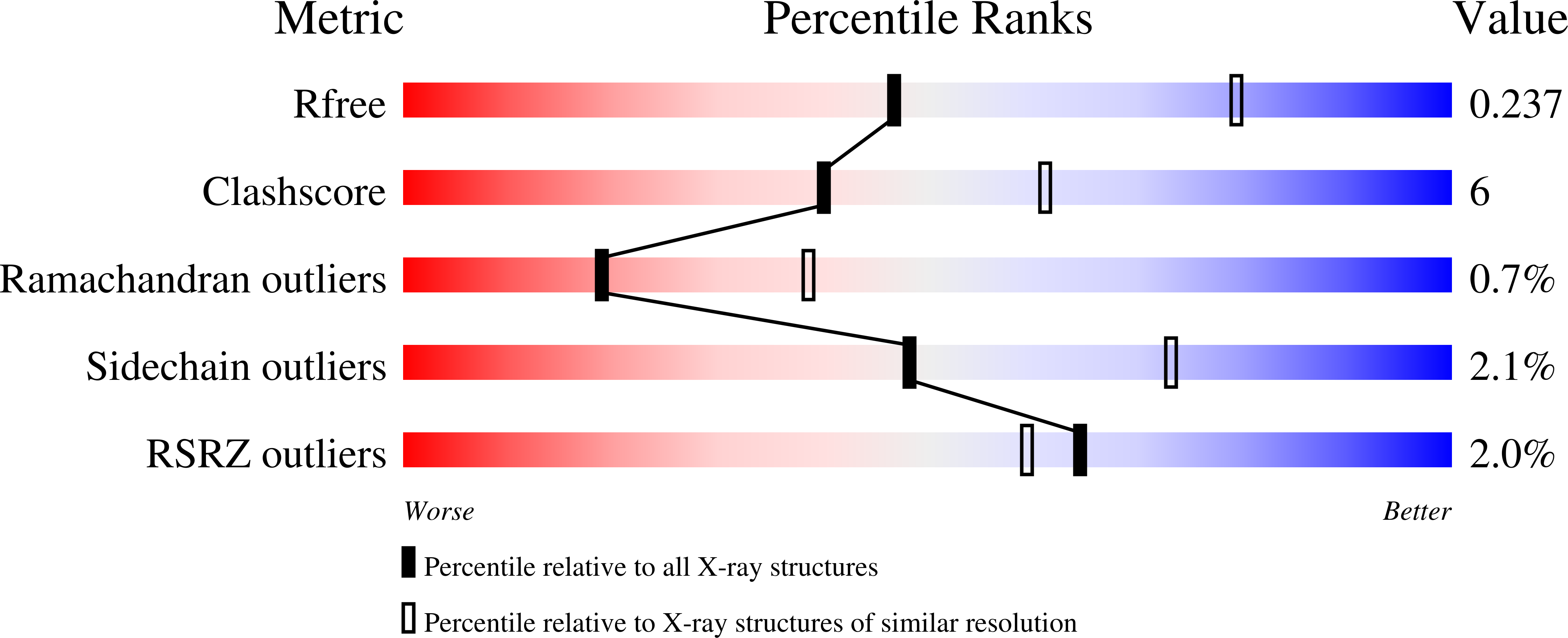
Deposition Date
2024-12-09
Release Date
2025-05-14
Last Version Date
2025-06-25
Entry Detail
PDB ID:
9MEX
Keywords:
Title:
Structure of phosphocysteine intermediate of human PRL1 phosphatase
Biological Source:
Source Organism:
Homo sapiens (Taxon ID: 9606)
Host Organism:
Method Details:
Experimental Method:
Resolution:
2.60 Å
R-Value Free:
0.23
R-Value Work:
0.19
R-Value Observed:
0.19
Space Group:
I 21 3


